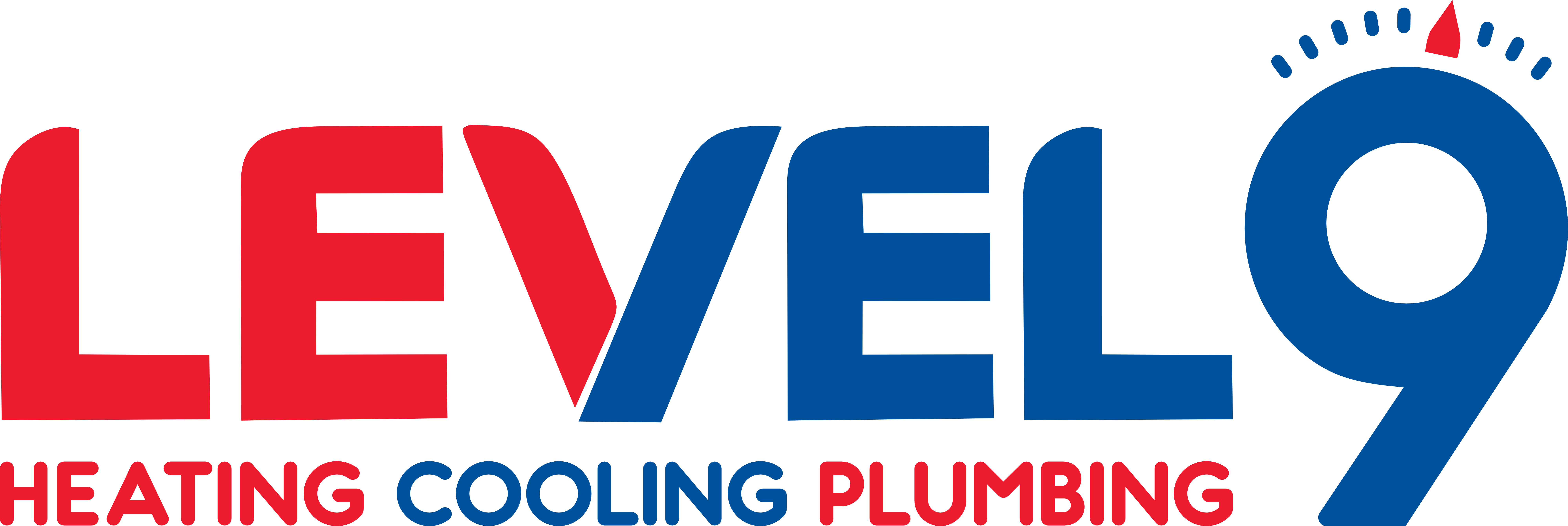Your heat pump pulls double duty, both heating your home in the winter and cooling it in the summer. However, it can seem like an overwhelming task to troubleshoot why it won’t turn on when you have a problem. Take a deep breath because there are only a few reasons your heat pump may not be working.
Keep in mind that there are several different kinds of heat pumps, including air-source and various geothermal systems. The air source heat pump is the most popular, so that’s the focus of this piece. Discover the reasons why it may not run, what you can do about it, and when to call a professional to troubleshoot the problem.
Thermostat Issues
Whenever there’s an issue with your heat pump, it’s a good idea to start by checking your thermostat. There are a few things to check that may prevent it from turning on when it should.
First, check that the thermostat has power and that the battery symbol isn’t flashing. It may be as simple as needing to replace its batteries.
Next, check the mode to make sure that it’s set to heat and not to cool. While the heat pump is capable of both, it won’t switch between the two automatically.
Finally, check to see if the unit is in defrost mode. This is an automatic mode designed to help prevent the outside coils from freezing over the winter. If it is in this mode, let it finish, and it will switch back to heating shortly. Call for a professional inspection if you find your unit switching into defrost mode frequently.
Tripped Circuit Breaker
It should go without saying that your heat pump cannot run without power. If your thermostat seems to be set properly, start hunting down the various components of the system’s power supply. Start at your circuit breaker box inside and check to see if there’s a tripped breaker for the system.
If you don’t find a tripped breaker inside, move outside and check the power supply there. Some units have a fuse, others have a breaker. Check to make sure this is in the “On” position to ensure that power is passing properly into the outdoor unit and compressor.
A breaker that continually trips indicates a serious issue that’s causing the system to draw too much electricity. A faulty compressor is one of the more common causes of an excessive electrical draw. A technician can quickly identify the underlying cause and help you identify whether you can repair it or if you need a system replacement.
Bad Starting Capacitor
Starting is the part of the cycle that consumes the most power. In fact, it requires so much power all at once that your system has a capacitor. This component stores extra power to kick-start the system when it signals to initiate a heating or cooling cycle.
However, these capacitors do tend to wear out over time, especially if your system starts short cycling. You may hear a loud buzzing sound coming from the outside unit when the capacitor is failing. Additionally, you may also hear your unit trying to start, but failing to fully engage.
If you think you have a bad capacitor, do not try to fix it yourself. As mentioned, these hold an incredibly high charge, which poses a risk of serious injury if it’s not properly discharged. Fortunately, the repair is not complicated for properly trained professionals, so it’s not usually a very expensive repair to have completed.
Dirty Air Filter
Heat pumps must circulate air to properly heat or cool your home. However, you may not think that dirty air filters would prevent your system from turning on. But that’s not exactly the case.
The airflow restrictions caused by dirty air filters cause unusual temperatures within the system. These temperatures can trip internal sensors that cause the system to shut off, and it won’t turn on again until after they return to within the normal operational range.
Prevent this by giving your air filters the attention they need. For central ducted heat pumps, you need to watch carefully for when your filter needs replacing. Depending on its size, your air quality, and how you use the system, this can range anywhere from once every 30 days to several months. Check your filter monthly and gently vacuum off the intake side to help improve its efficiency between changes.
Ductless mini-split systems typically have washable filters in each air handler. You should wash these every two weeks to prevent airflow restrictions and keep your system running effectively.
Stuck Reversing Valve
The reversing valve is the component that allows your heat pump to switch between heating and cooling. The valve can become stuck, which prevents it from switching to the opposite mode. This can even happen in the middle of the winter if it goes through a defrost cycle.
It’s easy to get a sense of whether your heat pump has a stuck reversing valve. Try switching the mode on your thermostat. If it operates in one mode but not the other, you likely have a stuck reversing valve.
The question becomes why the reversing valve got stuck in the first place. There is no sense in replacing the valve if there’s another issue in the system that will just ruin another one. For instance, a common issue that ruins the reversing valve is bad compressor windings.
Clogged Condensate Drain
When your heat pump runs, it causes moisture to condense out of the air, which is known as condensate. Your system has a drain to prevent the fluid from building up around the unit and eventually overflowing around your unit.
However, this drain will collect contaminants from within your system, which will eventually cause it to clog. Some systems have a float switch that will turn the system off if there is a condensate backup in the drip pan.
The best way to prevent this is to flush the condensate drain about every three months. Simply pour warm water down the line and watch for clean water to come out wherever it drains. If you find that it’s backing up, call your HVAC repair company to fix it and avoid using any cleaners or bleach.
Closed or Blocked Registers
Even though it may seem like your system isn’t running, it may be, but you may not have air coming from your vents. Double-check several vents in your home to see if you have air coming from some but not from others. If so, check to see if the vent is closed. While there, ensure that it has at least a 2-inch clearance above and around it to allow air to circulate effectively.
For nearly 50 years, Level 9 Heating, Cooling, and Plumbing has been the go-to company to keep homes around St. Louis comfortable. Our team provides award-winning heating and air conditioning installation, repair, and maintenance alongside indoor air quality solutions. We offer financing for new system installations and a maintenance plan to keep your unit running great throughout its life. Call to schedule heat pump repair or another service with one of our expert technicians today.



